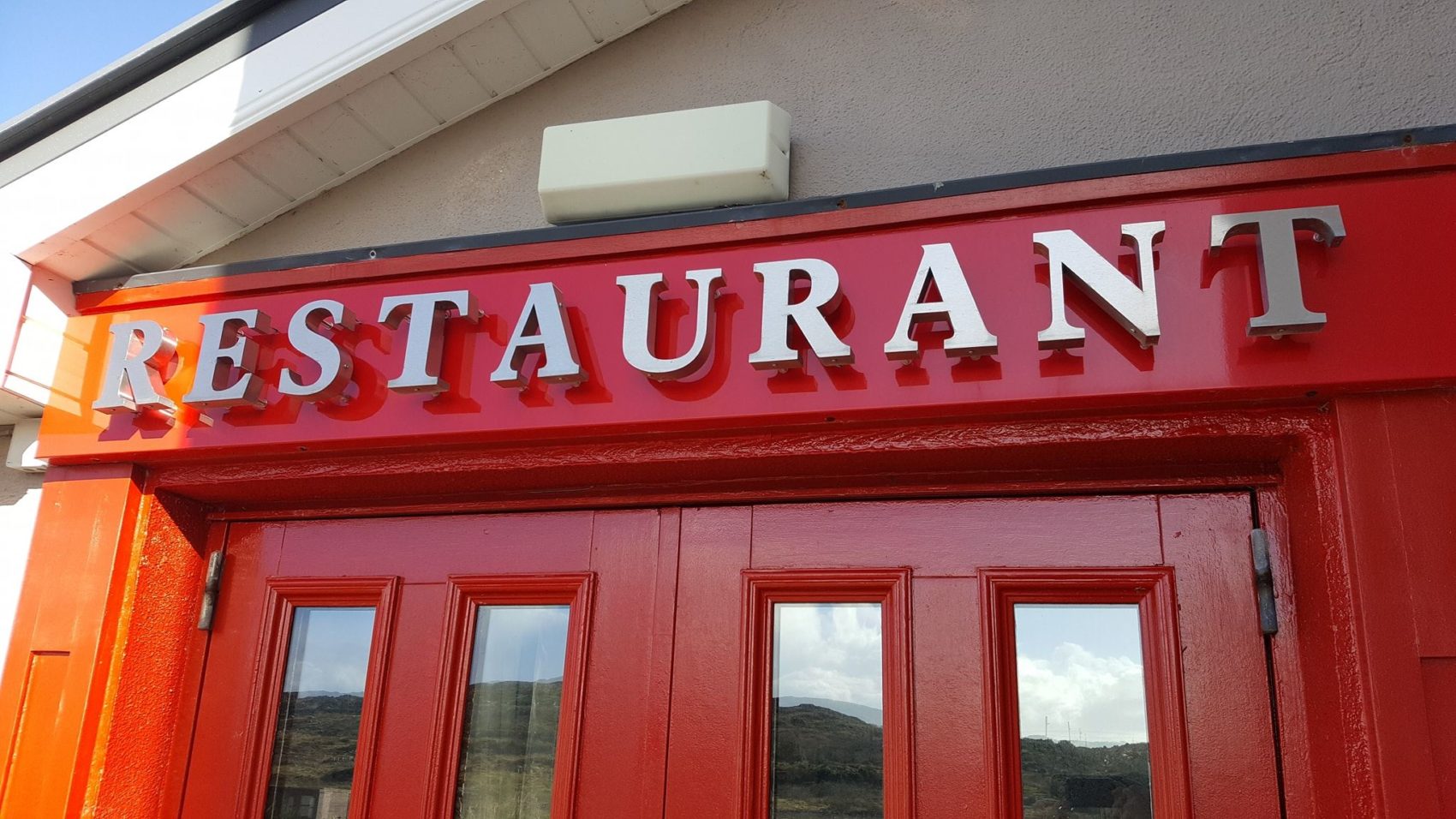In the world of business, the exterior of your establishment is your first impression. It’s the initial glimpse that potential customers have of what lies within. Among the myriad elements that contribute to this impression, few are as vital as your signage. A well-designed, expertly crafted sign can convey not just the name of your business, but its identity, values, and aesthetic appeal لوحات محلات. In this blog, we delve into the artistry and technique behind one particular aspect of sign construction: raised lettering.
The Significance of Signage
Before delving into the intricacies of raised lettering, it’s crucial to understand the pivotal role signage plays in business. A sign isn’t merely a marker; it’s a statement. It’s a silent ambassador for your brand, communicating your message to potential customers even before they set foot inside your establishment.
Effective signage accomplishes several key objectives:
- Brand Identity: Your sign should reflect the essence of your brand—its personality, values, and offerings.
- Visibility: A well-designed sign should be eye-catching and legible, ensuring that it grabs the attention of passersby and stands out amidst the visual noise of the urban landscape.
- Professionalism: Quality signage conveys a sense of professionalism and attention to detail, instilling confidence in prospective customers.
The Art of Raised Lettering
Among the myriad techniques employed in sign construction, raised lettering holds a unique allure. Raised lettering, also known as dimensional or 3D lettering, adds depth and dimension to a sign, elevating its visual impact and making it stand out from the crowd.
Design Considerations
The journey from concept to execution begins with thoughtful design. When incorporating raised lettering into your signage, consider the following factors:
- Font Selection: Choose a font that aligns with your brand identity and is conducive to being rendered in three dimensions. Bold, sans-serif fonts often work well for raised lettering due to their clarity and legibility.
- Proportions: Pay careful attention to the size and spacing of the letters relative to the overall dimensions of the sign. Striking the right balance ensures that the lettering remains readable and visually appealing.
- Material Selection: Selecting the right materials is paramount to the success of raised lettering. Common materials include acrylic, metal, wood, and PVC. Each material offers distinct advantages in terms of durability, aesthetics, and cost.
Construction Techniques
Once the design is finalized, it’s time to bring it to life. Raised lettering can be constructed using various methods, including:
- CNC Routing: Computer Numerical Control (CNC) routing utilizes precision machinery to carve letters and shapes from solid materials such as acrylic or wood. This method ensures accuracy and consistency, resulting in crisp, clean edges.
- Vacuum Forming: Vacuum forming involves heating a sheet of plastic until it becomes pliable, then draping it over a mold and vacuum-sealing it to create the desired shape. This technique is ideal for creating large, lightweight lettering with smooth, seamless surfaces.
- Injection Molding: Injection molding is commonly used for producing raised lettering in bulk. Molten plastic is injected into a mold cavity, where it solidifies to form the desired shape. Injection molding offers cost-effective scalability and uniformity.
Conclusion
In the competitive landscape of modern business, attention to detail can make all the difference. By mastering the art of raised lettering in shop sign construction, you can elevate your brand’s visibility, professionalism, and aesthetic appeal.
